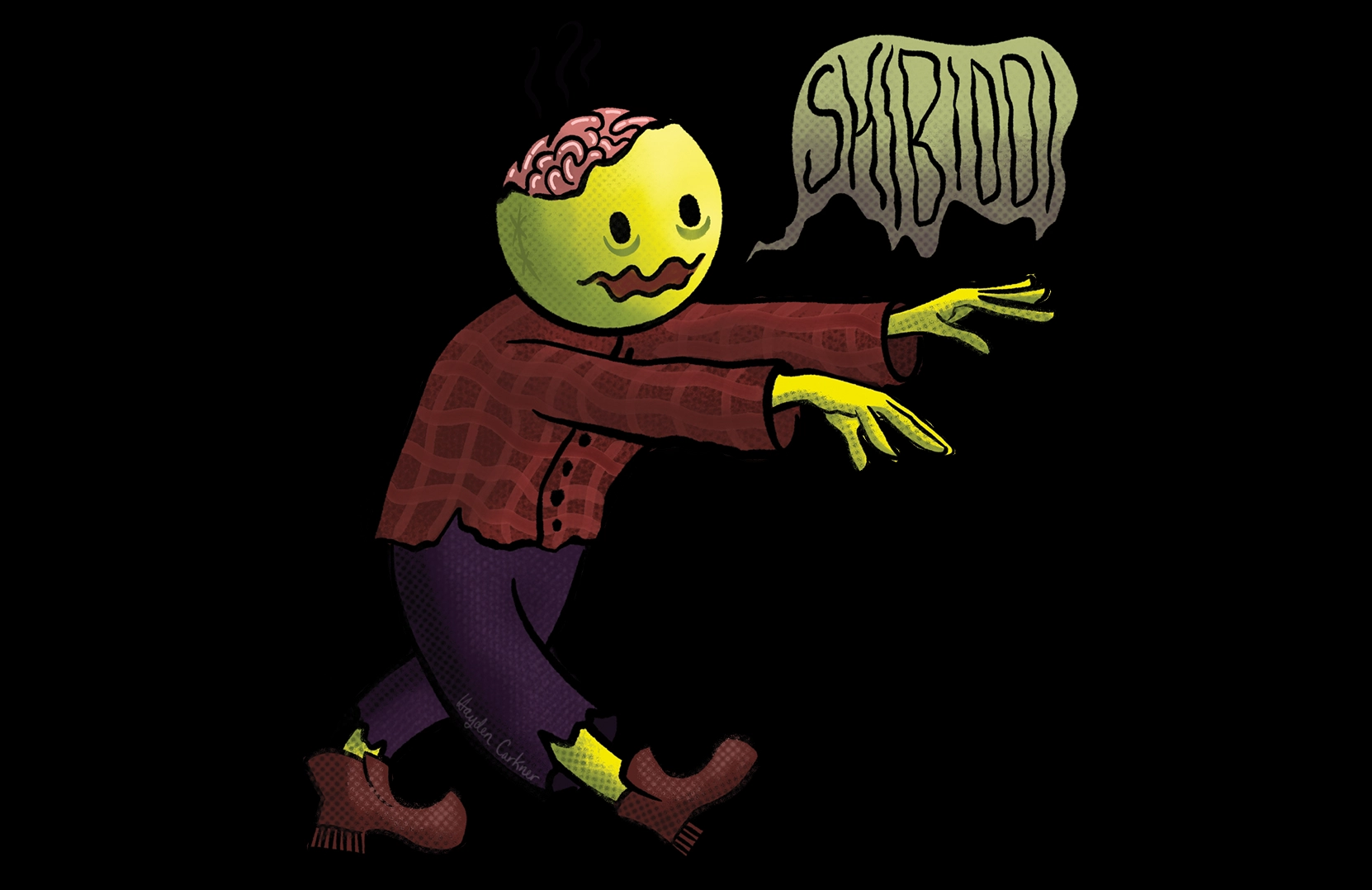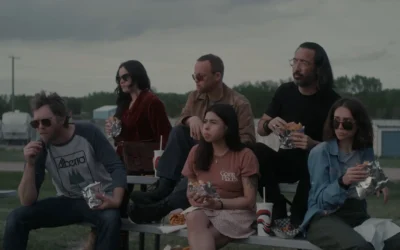Originally published on October 1, 2024
Folks, I hate to admit it, but we’re getting old. The days of slaying are fading away and the concept of serving tea has gone cold. I swallowed this pill recently as I began my slangmaxxing journey in the hopes of understanding generation alpha’s sigma-core brainrot.
Slang has always been around, and is defined by linguistic anthropologists as a register. Dr. Jenanne Ferguson, an associate professor of linguistic anthropology at MacEwan University, defines register as “a particular variety of a language that is suited to a very particular social situation or group.” This variety of language has developed over human history, moving from words like “ganef” (meaning thief or rascal) in the 1830s, to the all-too-familiar “cool beans” of the 1970s.
However, modern slang has a unique aspect involved in its transformation that was previously unavailable: the internet. This permanent interconnection opens the door for slang to be distributed at a faster rate than the slang of previous generations that relied on word of mouth or print media.
“[Slang] arises from community, but it also helps reinforce a sense of belonging, right, or shared experience.”
Dr. Jenanne Ferguson
Ferguson says that there isn’t necessarily more slang than there was in the past, but it’s more so that slang is spreading to more people, faster.
Brainrot is a variety of slang that is relatively unique to online circles. The idea that the internet rots your brain isn’t a new one, but in the realm of “meme slang,” it began online as early as 2007/2008 with the introduction of Trollface. Carlos Ramirez, a then 18-year-old American college student, drew the face in Microsoft Paint (shout out all early 2000s budding artists) and published it on his DeviantArt page. Trollface, originally used by Ramirez to mock internet trolls, transformed into a taunt used by people to roast or troll one another. Annoying Orange falls into the category of early internet brainrot as well, following a pattern of repetitive, “simple” jokes – a common theme for brainrot. Hopefully “Hey Apple!” is booming in your mind right now as it is mine.
However, watering the idea of internet brainrot down to the idea of “simple” jokes negates the important cultural impact language has on generations. Slang, whether on the internet or not, is a community-based form of communication created for in-group transmission. When people can relate to others through shared language, it can give a clear and obvious sense of belonging for those within a group. Humans have used language to distinguish themselves and unify each other for as long as vocalized speech has existed, and this is no different for online communities.
“[Slang] arises from community, but it also helps reinforce a sense of belonging, right, or shared experience,” says Ferguson, “It speaks to that kind of shared experience that can be found across people, maybe of that generation who are speakers of that language over a continent or wider.”
Brainrot has matured from its early-internet origins of Asdfmovie and MLG videos to terms like rizz, skibidi, and sigma. But it’s important to recognize that these terms are not just generationally-based, but culturally embedded within minority communities.
Ferguson explains the importance of recognizing and understanding where vocabulary comes from. The origins of slang begin in one community, become popularized, and spread through multiple linguistic communities via the overlapping identities of those within the originating group. For example an ethnolect is a register of variety of speech that is connected to a specific ethnic or cultural group. An ethnolect can then influence generational slang. Ferguson notes that some slang may not be recognized by its origin, like some slang that comes from Black or drag communities.
Ethnolects have historically been looked down upon or seen as lesser by those outside the “in group,” often those “in positions of social and institutional power.” This pattern can be observed with slang and brainrot as well, with previous generations viewing online community vocabulary as lacking depth or complexity. This is not a new phenomenon Ferguson says.
“The idea that the youths are ruining language is a sentiment that goes back many hundreds of years. […] It’s not a new sentiment, but people created new words back then too.”
Citing a quote from A General Dictionary of the English Language by Thomas Sheridan, Ferguson highlighted the negative ideologies held towards new, creative speech patterns. This book was released in 1780, a whole 244 years before the brainrot of today, and shows that this judgment of emergent language has always existed.
“The idea that, you know, the youths are ruining language is a sentiment that goes back many hundreds of years.”
Dr. Jenanne Ferguson
“The total neglect of this art [speaking] has been productive of the worst consequences… The wretched state of elocution is apparent to persons of any discernment and taste… If something is not done to stop this growing evil… English is likely to become mere jargon, which everyone may pronounce as he pleases.”
There is no shame in language, and as fun as it is to call it brainrot, the modern internet slang emerging from the newer generations is valuable in ways that it hasn’t been before. Just like the slang of previous generations, this language is cultural and community-based, but our communities have just become much larger. We craft language to fit where we are in life, and as Ferguson put it, the creation and adjustment of language gives it more dimension.
So keep rizzing up each other, my fellow alphas. Maybe you’ll get a chance to fanum tax some of the younger generations’ slang while you still can.
Graphic by Hayden Carkner





0 Comments